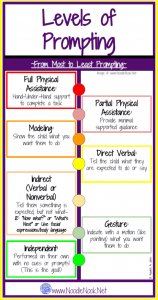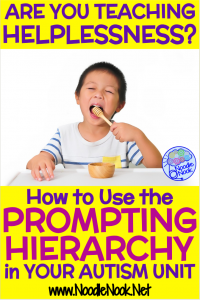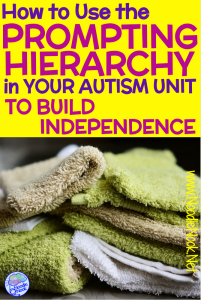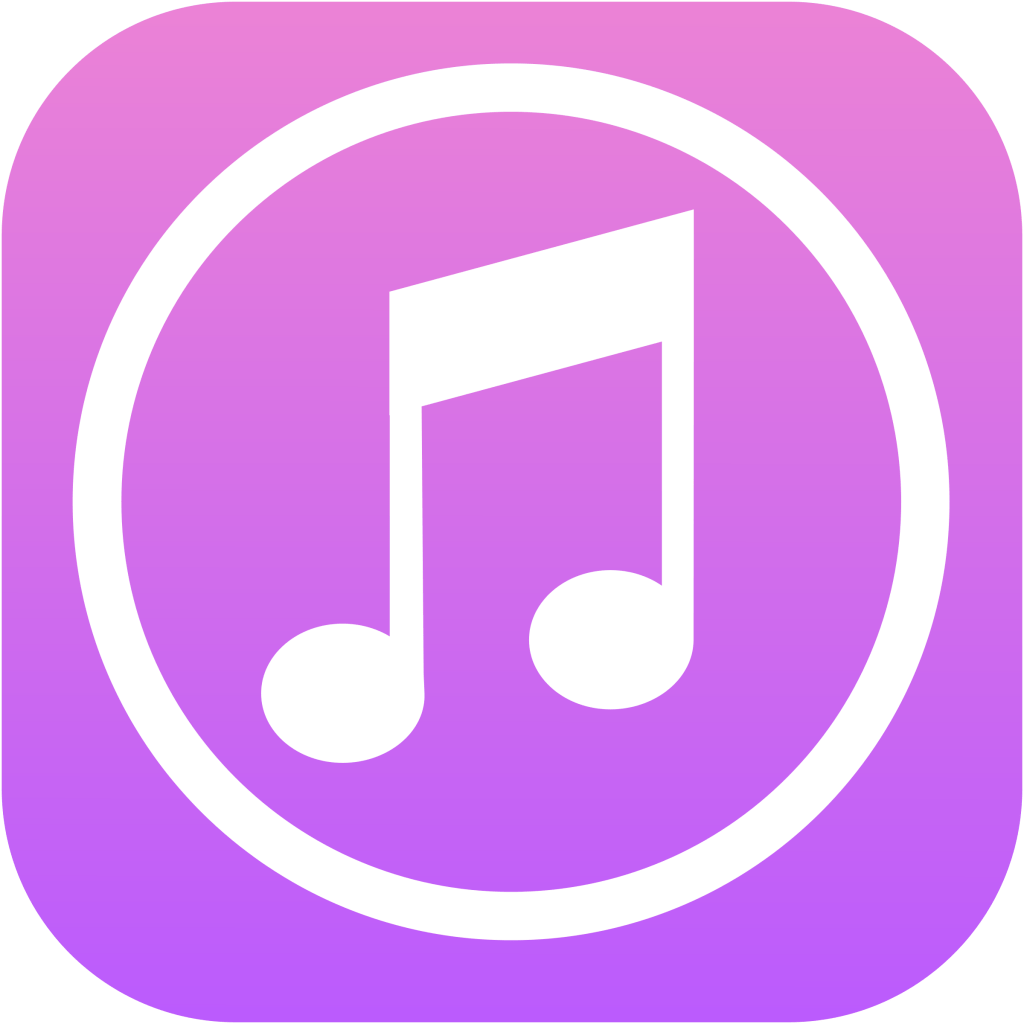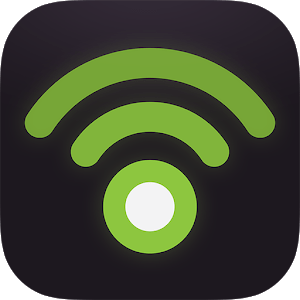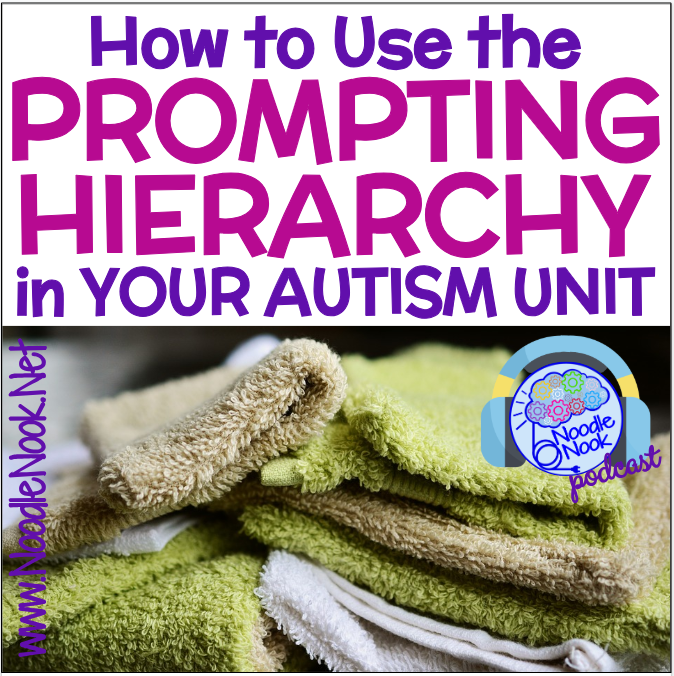The Prompting Hierarchy is a concept that every teacher and support staff should know about- after all we want our students to become more independent and the ADULTS in the room shouldn’t be facilitating students to the point of learned helplessness… right?!? Listen to The Teacher Nook podcast to learn more about how to use the prompting hierarchy and prompting chart in your Autism classroom to support academics, behavior, and communication (even with AAC instruction).
Why Use Cues and Prompts?
Using Cues and prompts that are appropriate to support students at their level of need helps you do two things. One, it helps to reduce a student’s level of learned helplessness. Two, it helps to build independence. These two outcomes are so important in an Autism Unit, Life Skills classroom, or self-contained setting.
Remember though, these levels of prompting will work as you teach any student. Often times, it is best that an entire team of teachers and support staff review this together. I am always shocked at how often staff view the same assistance as different on the chart! Some think a cue is a prompt… others that a prompt is a cue. To keep everyone on the same page, I suggest you do two things. First, share this prompting hierarchy with your support staff at your next training or professional development. This will help all staff work towards building independence consistently. Secondly, visit the original post and print this poster to hang in your classroom!
Why Use the Prompting Hierarchy?
Learn more on how to use the prompt hierarchy to increase learning in the classroom. The steps for implementation are clearly outlined in the infographic from the original post and also outlined in the podcast. Be sure to print the infographic as a classroom poster after listening to the podcast on how to use prompting effectively. It will support you as you write IEP goals, take data on existing IEP goals, and put behavior supports in place.
Review how cues and prompts differ with concrete examples and an opportunity to share through the podcast at your next teacher training. Using cues and prompts effectively, as outlined in the podcast and with the prompting hierarchy chart, will help you create an effective learning environment where students are working towards independence as opposed to learning prompt dependence. To read more about Prompt Dependence, click here.
As you look through prompts from the most intrusive to least intrusive, remember that the more restrictive levels of prompting and cueing will need to be faded… so even as you use an appropriate level of support for a student you should always be thinking of how to move them to the next least intrusive support. Beyonce’s voice should be echoing in your ears; “I-N-D-E-P-E-N-D-E-N-T… do you know what that means?”
More on How to Use the Prompting Hierarchy
If you are interested in learning more about how to use prompts effectively and efficiently, listen to the podcast and reference the infographic prompting chart. If you still want more details or listening is not an option, check out this post all about the Prompting Hierarchy. Then implement a system in your classroom where you work through the most to least intrusive levels of support with students on a multitude of tasks in pursuit of IEP goal master and overall functional independence. Don’t forget the importance of wait time and great direct instruction on skill acquisition for the best outcomes. Now sing some more as you work through the prompting hierarchy in your classroom!
Download this Prompting Hierarchy Infographic on Teachers Pay Teachers (that way it is always in your “purchases”) or click here to direct download.
Be Sure to Subscribe to the Podcast on YOUR Favorite Player!
HEY! Get social with us! Follow us on Pinterest, Instagram, Facebook, Twitter, YouTube or iTunes!


